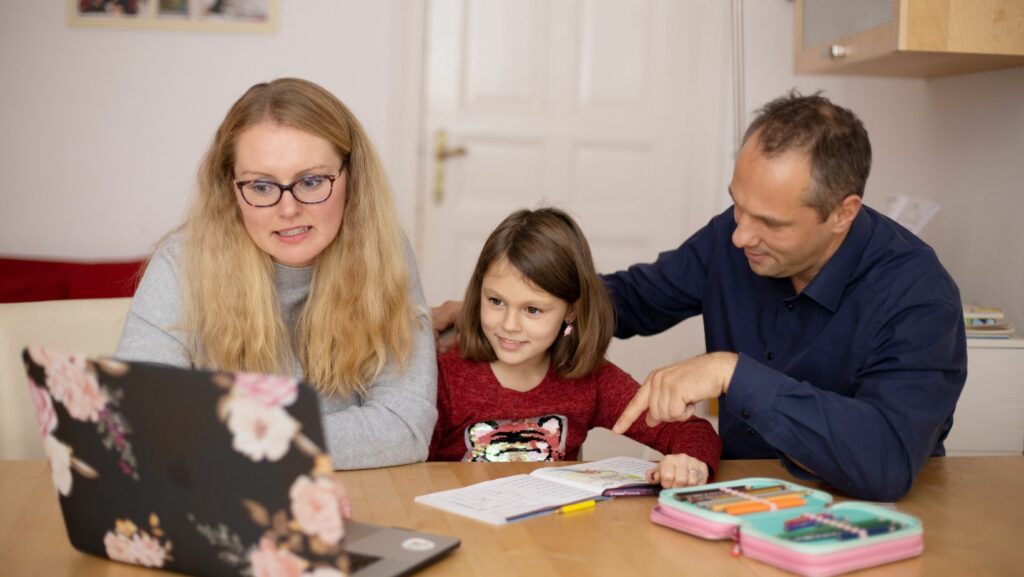In a world where children face numerous challenges and potential dangers, ensuring their safety becomes a top priority for parents. Parenting safe children involves more than just keeping an eye on them; it’s about equipping them with the knowledge and skills to navigate life’s complexities confidently. From understanding boundaries to recognizing unsafe situations, children need guidance to build resilience and awareness.
Parents play a crucial role in fostering a secure environment where open communication is encouraged. By creating a foundation of trust, children feel comfortable discussing their experiences and concerns.
This proactive approach not only protects them from harm but also empowers them to make informed decisions. As parents strive to balance protection with independence, they lay the groundwork for raising confident, self-aware individuals ready to face the world.
Parenting Safe Children
Effective parenting focuses on creating a safe environment for children while empowering them to recognize and respond appropriately to potential risks. Parents can engage in various strategies to ensure their children’s safety and well-being.
Teaching Boundaries
Parents teach children to understand personal boundaries by discussing their own limits and respecting others’. This includes defining safe touch, recognizing inappropriate behaviors, and setting clear rules about privacy.
Establishing Open Communication
Regular conversations about daily experiences foster trust and openness. Children are more likely to share concerns or seek advice if they feel heard and supported. Active listening and validating their emotions are crucial.
Modeling Safe Behavior
Demonstrating safe choices in everyday situations sets examples for children. Parents exhibit appropriate actions through wearing seatbelts, using crosswalks, and saying “no” to inappropriate demands.
Educating About Unsafe Situations
Discussing potential dangers prepares children to handle emergencies. Parents share information about recognizing harmful situations, such as bullying, and instruct on seeking help from trusted adults.
Encouraging Confidence
Building self-esteem empowers children to make informed decisions independently. Parents nurture confidence through praise for achievements, encouraging their child to try new things, and supporting their resilience.
These components form a comprehensive approach to parenting safe children, equipping them with necessary skills and awareness for navigating life’s challenges confidently.
Importance of Educating Children
 Educating children plays a crucial role in shaping their ability to navigate various situations safely. When children understand the concepts of safe boundaries, they can recognize potentially harmful situations and respond appropriately. Providing education about personal safety enhances a child’s awareness of their surroundings and instills a sense of responsibility.
Educating children plays a crucial role in shaping their ability to navigate various situations safely. When children understand the concepts of safe boundaries, they can recognize potentially harmful situations and respond appropriately. Providing education about personal safety enhances a child’s awareness of their surroundings and instills a sense of responsibility.
Teaching open communication can significantly impact a child’s sense of security. Children equipped with the knowledge to express concerns feel more comfortable seeking help when needed. Discussing realistic scenarios, like interactions with strangers or online safety, gives children the tools to apply safe practices in their daily lives.
Empowerment through education encourages confident decision-making. A child who’s confident in their understanding of safety can make informed choices, reducing vulnerability to potential threats. This foundation of knowledge supports their development into self-aware individuals capable of advocating for their own safety and the safety of others.
Role of Parents in Safety Education
Parents play a crucial role in teaching safety education to children. Their involvement helps children understand how to recognize and respond to risks effectively.
Setting Boundaries, Recognizing and Addressing Warning Signs
 Parenting safe children involves teaching them about personal boundaries. Parents guide children in identifying appropriate physical and emotional limits. They should discuss concepts like consent and privacy, ensuring children understand the significance of safe touch. Consistent conversations about these topics reinforce the importance of respecting others’ boundaries and expecting the same respect in return.
Parenting safe children involves teaching them about personal boundaries. Parents guide children in identifying appropriate physical and emotional limits. They should discuss concepts like consent and privacy, ensuring children understand the significance of safe touch. Consistent conversations about these topics reinforce the importance of respecting others’ boundaries and expecting the same respect in return.
Recognizing warning signs is a key skill in safety education. Parents help children identify potential risks by discussing scenarios that may seem harmless at first glance. Regularly addressing behaviors like fear or reluctance to be around certain people or places helps children feel comfortable reporting concerns. Parents should be attentive and supportive, taking children’s feelings seriously, and acting when necessary to maintain safety.


